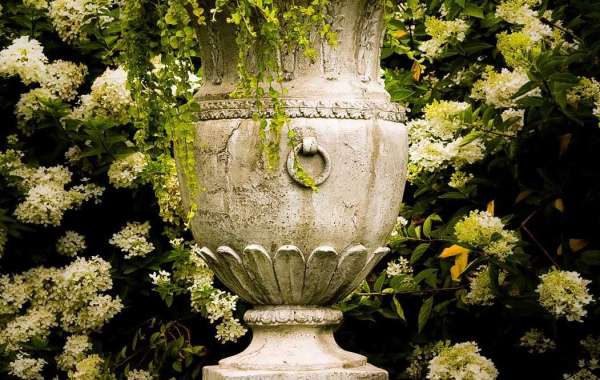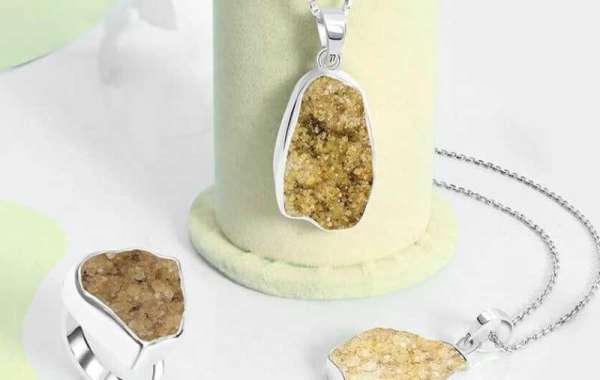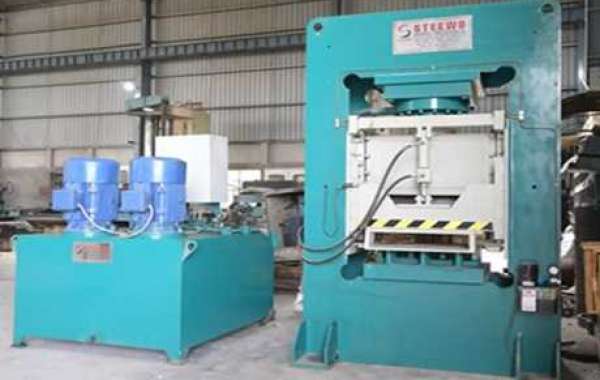When it comes to creating beautiful outdoor spaces, the combination of plants and artistic elements plays a pivotal role. Among these elements, urns planters hold a special place, not only for their functionality but also for their aesthetic appeal. These exquisite vessels have been used for centuries to enhance gardens, patios, and public spaces, adding a touch of elegance and sophistication. We delve into the world of Urns and Planters, exploring their history, various designs, and the creative ways in which they can be incorporated into our green spaces.
A Glimpse into History:
- Origins of Urns and Planters
Urns and planters have a rich history that dates back to ancient civilizations. The concept of using decorative containers for plants can be traced back to the ancient Egyptians and Mesopotamians, who recognized the beauty and practicality of such vessels. These early examples were often made of clay and featured intricate designs, reflecting the artistry of the time.
- Renaissance and Baroque Influence
During the Renaissance and Baroque periods, urns and planters gained popularity as ornamental pieces. Inspired by classical antiquity, artisans began creating elaborate designs featuring mythological figures, intricate reliefs, and sculptural details. These decorative elements transformed the humble container into a work of art, adorning the gardens of nobility and wealthy patrons.
- The Influence of Neoclassicism
In the 18th century, neoclassicism emerged as a prominent artistic movement, drawing inspiration from ancient Greece and Rome. Urns and planters became an integral part of this revival, showcasing classical motifs such as acanthus leaves, fluted columns, and medallions. The neoclassical influence extended to public parks and gardens, where grand urns and planters adorned pathways and focal points.
Unveiling the Beauty of Urns and Planters:
- Materials and Construction
Urns and planters are crafted from a variety of materials, each offering its own unique charm. Terracotta, a type of fired clay, provides a warm and rustic appeal, perfect for traditional and Mediterranean-inspired gardens. Metal urns, made from materials like cast iron or copper, add a touch of elegance and can withstand the test of time. Stone urns, such as those carved from limestone or marble, exude a sense of grandeur and are often favored for formal settings.
- Designs and Styles
Urns and planters come in a myriad of designs and styles, allowing for endless possibilities in garden design. Let's explore some popular options:
Classical Elegance: Classical-inspired urns planters feature clean lines, symmetrical shapes, and ornate detailing. They often incorporate motifs like acanthus leaves, scrolls, and Greek key patterns. These timeless pieces are perfect for formal gardens or spaces with a historical touch.
Rustic Charm: Rustic urns in planters embrace a more natural and weathered aesthetic. They are often made of terracotta or aged metal, and their designs may include distressed finishes or rough textures. These containers blend seamlessly with cottage-style gardens or outdoor spaces seeking a cozy, lived-in atmosphere.
Modern Minimalism: For those with a contemporary taste, modern urns, and planters offer sleek lines, geometric shapes, and minimalistic designs. They are typically made from materials like fiberglass, concrete, or stainless steel, offering a clean and polished look. These containers beautifully complement modern and minimalist gardens, creating a striking contrast against lush greenery.
Whimsical Delights: Urns and planters can also take on playful forms, adding a touch of whimsy to the garden. Designs such as animal-shaped containers, oversized boots, or teapots create a sense of wonder and serve as eye-catching focal points. These imaginative pieces are perfect for children's gardens or spaces that aim to evoke a sense of joy and surprise.
Creative Uses of Urns and Planters:
Urns and planters offer boundless opportunities for creativity when it comes to incorporating them into green spaces. Here are some ideas to spark your imagination:
Statement Entryway: Flank your front door with a pair of grand urns overflowing with vibrant flowers or cascading vines. This creates an inviting entrance and sets the tone for the rest of the garden.
Vertical Gardens: Transform a blank wall or fence into a lush vertical garden by attaching a series of plant-filled urns. This not only adds greenery but also creates a captivating living art installation.
Tiered Display: Arrange urns and planters of varying sizes in a tiered formation, creating a visually striking display. Fill each container with plants of different heights, colors, and textures to add depth and visual interest.
Water Features: Convert an urn into a unique water feature by adding a recirculating pump. The sound of water gently cascading from the urn not only creates a soothing ambiance but also adds an element of tranquility to the garden.
Herb or Vegetable Garden: Use smaller urns planters to grow herbs or vegetables. This allows you to have a functional garden even in limited spaces, such as balconies or patios.
Maintenance and Care:
Proper maintenance and care are essential to ensure the longevity and beauty of urns and planters. Here are some tips to keep in mind:
Drainage: Ensure that urns and planters have adequate drainage holes to prevent waterlogging, which can lead to root rot. Place a layer of gravel or broken pottery shards at the bottom of the container to improve drainage.
Seasonal Care: Adjust your plant selection according to the seasons. Opt for frost-resistant plants in colder climates and choose drought-tolerant varieties for hot and arid regions. Regularly check for pests or diseases and take appropriate measures to maintain plant health.
Cleaning and Protection: Clean the urns planters regularly to remove dirt, algae, or moss that may accumulate over time. Use a gentle cleanser and a soft brush or cloth to avoid damaging the surface. Consider applying a protective sealant to metal or stone containers to minimize weathering and prolong their lifespan.
Conclusion:
Urns and planters are not merely containers for plants; they are artistic expressions that enrich our outdoor spaces. With their diverse designs, materials, and creative applications, these vessels allow us to infuse our Garden Art, patios, and public areas with style and elegance. From the grandeur of classical urns to the whimsy of playful designs, there is an urn or planter to suit every taste and garden theme. So, let your imagination run wild and embark on a journey to create stunning green spaces that reflect your personal style and love for nature.










